About Special Edition Book Printing
1. What Makes a Limited Edition Book Special?
Limited edition books are unique creations that elevate a book’s value through rarity and exclusivity. They are often produced in a restricted number, accompanied by special features such as signed copies, high-quality materials, and added content like author notes or illustrations. These books cater to collectors and enthusiasts, offering a personalized touch that standard editions do not.
2. What Is the Difference Between Limited Edition and Special Edition?
While both limited edition and special edition books offer exclusivity, there are key differences. Limited editions are printed in a specific, pre-determined quantity and are not reprinted once sold out, making them more exclusive. Special editions, on the other hand, feature unique content, designs, or packaging but may not necessarily have a set print limit. Special editions can be more widely available but still provide added value through enhanced aesthetics or content.
3. Types of Special Edition Book Formats
Special edition books can come in various formats, including:
Hardcover: High-quality binding with a sturdy cover for durability and a premium feel.
Omnibus: A collection of multiple books or volumes within a single cover.
Deluxe Editions: Often feature special binding, gilded edges, or high-grade paper.
Boxed Sets: Multiple books or volumes housed within a custom slipcase or box for enhanced presentation.
4. Special Edition Book Printing Process
Design and Pre-Press
Concept Development: The design process starts with determining the unique features of the special edition. These may include custom cover materials, special coatings, or embellishments like foiling and embossing.
Layout and Proofing: Ensure the book's layout is perfectly aligned for print, including text, images, and any special effects like foil stamping, debossing, or spot UV.
Paper Selection: High-quality, textured, or specialty papers are often used in special editions. Options like thicker stock, acid-free, or archival-grade paper add to the premium feel.
Cover Production
Hardcover or Softcover: For special editions, hardcover books are often used. The cover may feature materials like leather, cloth, or faux leather. For softcover, high-quality laminated materials are common.
Sprayed/Stenciled Edges: The edges of the pages can be sprayed or stenciled with custom designs or solid colors to make the book stand out.
Foil Stamping: Metallic foiling, often in gold or silver, is applied to the cover, spine, or even the dust jacket. This adds a high-end shine and enhances visual appeal.
Dust Jacket: The addition of a custom-designed dust jacket can feature special finishes such as silver or gold foil, spot UV coating, or embossed logos or titles.
Interior Printing
High-Quality Offset or Digital Printing: The interiors are printed with precise color accuracy using offset or high-end digital printing techniques, ensuring sharp text and vivid images.
Special Finishing: Elements such as textured papers, full-color printing, or even the inclusion of illustrations or photos are often part of the design. Spot UV, foil highlights, or varnished pages may also be added for effect.
Binding
Smyth Sewn Binding: For special edition hardcovers, this binding technique offers durability and a high-quality feel. Pages lie flat when opened.
Perfect Binding: Used in some high-end softcovers, where the book is glued at the spine. However, for special editions, additional reinforcements and thicker glue can be applied.
Stitched or Spiral Binding: Some limited editions may feature custom stitching, or spiral bindings for a unique presentation.
Custom Elements
Endpapers: Special edition books often feature custom endpapers, which can be printed with patterns, illustrations, or quotes. These add a personal touch and luxury feel.
Bookmarks or Ribbons: Satin ribbons as bookmarks or detachable inserts can be included, especially for hardcover special editions.
Slipcases or Boxes: Premium editions may come with a custom slipcase or presentation box to protect the book and enhance its aesthetic appeal.
Final Inspection and Packaging
Quality Control: Each special edition is thoroughly inspected for printing accuracy, binding strength, and proper application of special effects like foil stamping or UV coating.
Premium Packaging: The final product is often packed in custom boxes or wrapped in protective materials to maintain the pristine condition of the book.
Limited Edition Numbering
Hand-Numbering: Special editions may also include limited edition numbering, which can be handwritten or stamped inside the cover, making each copy truly unique.
Signed Copies: Authors or artists may sign the book, which further elevates its value and uniqueness.
5. Binding Choice of Special Edition Book
Smyth-sewn binding: Offers durability and allows the book to lie flat when open.
Case binding: Common in hardcover books, provides a high-end, sturdy structure.
Perfect binding: A more flexible and economical option, often used for softcover editions.
Spiral or wire-bound: Less common but useful for collectible editions with unique design elements.
6. Common Cover and Edge Options for Custom Special & Limited Edition Books
Cover Options:
Hardcover (Casebound):
Linen or Cloth: Offers a textured, elegant finish with options for embossing or foil stamping.
Leather or Faux Leather: Adds a luxurious touch, often with debossing or gold foil stamping for titles and designs.
Paperboard with Dust Jacket: A protective dust jacket over a printed or plain hardback cover, often with spot UV or foil detailing.
Silk or Satin Finish: A smooth, shiny texture that gives a high-end, sleek look.
Matte or Gloss Lamination: Enhances the durability and finish, providing a contemporary look.
Foil Stamping: Metallic elements such as gold, silver, or colored foil to highlight titles, logos, or designs.
Embossing/Debossing: Creates a raised or recessed effect for text or design, adding a tactile element to the cover.
Softcover (Paperback):
Foil Paperback: Featuring metallic foil accents on the cover for added brilliance.
Spot UV Coating: Provides a glossy, raised effect on specific areas (like titles or images), contrasting with a matte background.
Textured Covers: Like soft-touch or velvet lamination, which adds a unique tactile experience.
Dust Jackets:
Foil Stamped Dust Jackets: Silver, gold, or colored foil applied to the jacket’s text or design.
Gloss or Matte Finish: Provides protection while enhancing the visual appeal of the book.
Double-Sided Printing: Design printed on both sides of the dust jacket for additional detail when removed.
Edge Options:
Sprayed Edges:
Solid Color: Adds a uniform, bold look to the edges of the book, often in vibrant or dark colors.
Gradient/Ombré: A fade effect, where the color transitions from one shade to another for a striking visual impact.
Patterned/Stenciled Edges: Custom designs, like florals, symbols, or other artwork, applied to the book's edges.
Marbled Effect: A swirling blend of colors for a classic and sophisticated touch.
Gilded Edges:
Gold or Silver Gilding: Adds metallic sheen to the page edges, offering a luxurious, reflective surface.
Colored Gilding: Expanding beyond traditional metallics, colored gilding (such as red, blue, or black) offers a modern take on edge decoration.
Deckled Edges:
An uneven, rough-cut look that mimics hand-cut paper edges for a vintage or antique feel.
Foiled Edges:
Metallic foil applied to the edges, similar to gilding, but often used for intricate, specific designs or patterns.
7. Special & Limited Edition Packaging Solution: Custom Slipcase or Box
Packaging plays a crucial role in enhancing the appeal of special and limited edition books. Custom slipcases and boxes not only protect the book but also contribute to its collectible nature. Options include:
Slipcases: Simple yet elegant coverings that house the book for protection and presentation.
Clamshell boxes: Offer premium, full enclosure for extra protection and a high-end unboxing experience.
Custom boxes: Designed to match the book’s theme or aesthetic, adding another layer of customization.
8. Special Edition Book Printing for Authors and Publishers
For authors and publishers, printing special editions offers an opportunity to create a more intimate connection with their audience. Whether through signed copies, exclusive content, or personalized elements, these editions help foster loyalty and elevate a book’s status. Special editions also provide a creative avenue for authors to reimagine their work with unique design choices.
9. Cost Considerations for Special Edition Book Printing
The cost of printing special edition books can vary depending on the materials, printing techniques, and custom features used. High-quality materials, intricate binding methods, and additional embellishments like foiling or gilded edges increase the overall production cost. Furthermore, custom packaging such as slipcases or clamshell boxes adds to the expense. For limited edition books, the reduced print run may also drive up unit costs.
10. Tips for Creating and Designing Special Edition Books
Define the Purpose and Theme
Purpose: Is the special edition celebrating an anniversary, milestone, or re-release? Define the reason for the special edition so the design reflects that intent.
Theme: Create a cohesive design that fits the book’s genre, storyline, or the author’s personality. For example, a gothic novel might benefit from darker tones, embossed details, or foil stamping.
Use Premium Materials
Cover Material: Choose high-quality materials like leather, faux leather, linen, or textured paper for a luxurious feel.
Paper Stock: Opt for thicker, high-quality paper for both the interior and endpapers. This will enhance the durability and perception of exclusivity.
Laminations: Matte or soft-touch lamination for covers can give a sophisticated, tactile finish. Gloss lamination is great for vibrant, modern designs.
Incorporate Unique Cover Finishes
Foil Stamping: Add metallic foil (gold, silver, copper, etc.) to the cover or dust jacket to highlight titles, author names, or designs.
Embossing/Debossing: Use raised (embossed) or recessed (debossed) elements for logos, titles, or design features, creating a tactile experience.
Spot UV Coating: Apply gloss UV coating to specific areas (like the title or artwork) to add contrast to a matte cover.
Experiment with Edge Design
Sprayed Edges: Apply bold colors or patterns to the book’s edges for a striking effect. Ombre or gradient edges can give a more nuanced, artistic touch.
Gilded or Foiled Edges: Gold, silver, or colored foil on the page edges creates a classic, elegant look. It adds an air of sophistication.
Patterned or Stenciled Edges: Create intricate designs that align with the book's theme, offering a visual surprise when the book is closed.
Consider a Custom Dust Jacket
Double-Sided Printing: Utilize both sides of the dust jacket for extra artwork or hidden designs, adding depth to the book’s visual appeal.
Special Effects: Add metallic foil, spot UV, or embossing to the dust jacket to make it as special as the cover.
Removeable Art Prints: Design the inside of the dust jacket to be used as a poster or artwork, making it multifunctional for collectors.
Add Personalization Features
Signed Editions: Consider including a signed page or a certificate of authenticity. Limited edition numbers (e.g., “23 of 100”) add to the exclusivity.
Custom Endpapers: Design unique endpapers that match the book’s theme. These can be solid colors, patterns, or feature illustrations.
Ribbon Bookmark: Include a sewn-in ribbon bookmark, which is both functional and adds a touch of elegance.
Consider Packaging
Slipcases or Boxes: Present the book in a custom-designed slipcase or box to protect it and make it feel more luxurious. Embossed, foiled, or printed designs on the box can enhance the experience.
Magnetic or Folded Closures: For a more premium look, use magnetic or folded closures on the slipcases or presentation boxes.
Offer Exclusive Extras
Illustrations or Artwork: Include exclusive illustrations, alternate covers, or special artwork that’s only available in the limited edition.
Additional Content: Add new content such as author notes, behind-the-scenes info, or interviews to make the edition feel special.
Bookmarks or Art Cards: Include complementary items like bookmarks, art prints, or postcards that tie in with the book’s theme.
Conclusion
In a world where digital media dominates, special edition books offer readers a rare and personal touch. At Sese Printing, we embrace this timeless appeal by crafting premium-quality special edition books designed to captivate collectors, fans, and bibliophiles. As the demand for unique, tangible experiences grows, we continuously invest in cutting-edge printing technologies, ensuring that each edition stands out with stunning designs, customized finishes, and intricate details like sprayed edges, foil stamping, and UV coatings.
Whether you're looking to create a memorable marketing strategy or a cherished keepsake, Sese Printing Company is here to bring your vision to life. The future of special edition book printing is bright, and with us, it’s just beginning.
 Oct 11,2024
Oct 11,2024

 SESE
SESE





 Home
Home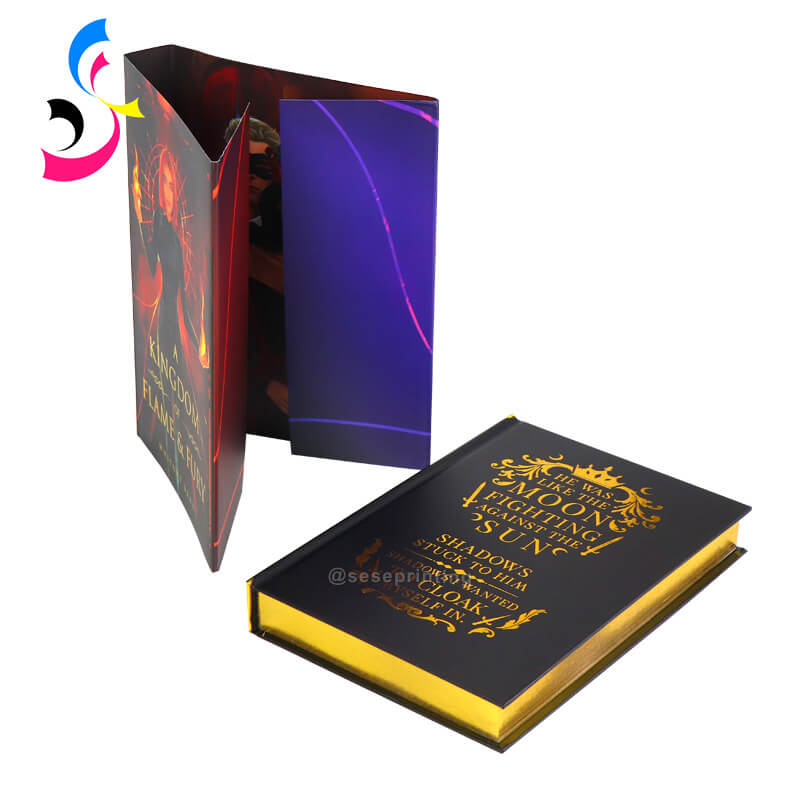
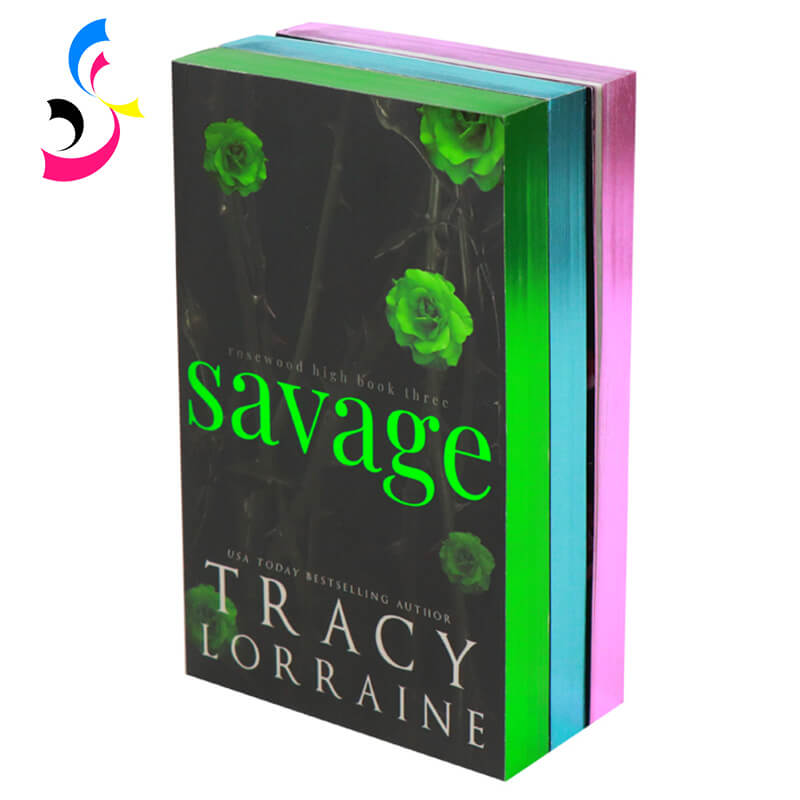
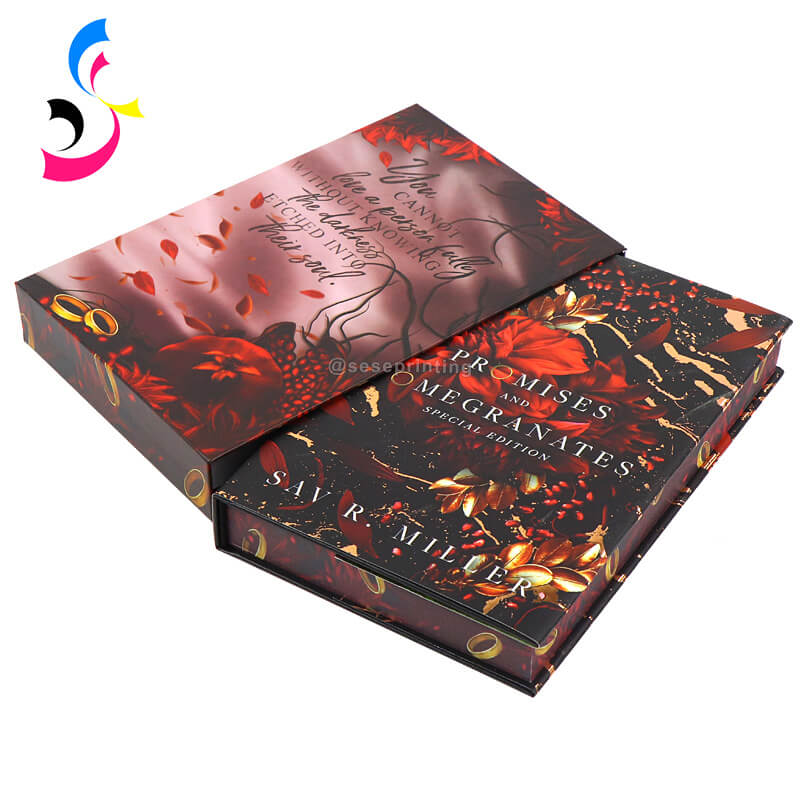
 Envelope Printing: Your Complete Guide to Professional Quality
Envelope Printing: Your Complete Guide to Professional Quality  You May Also Like
You May Also Like
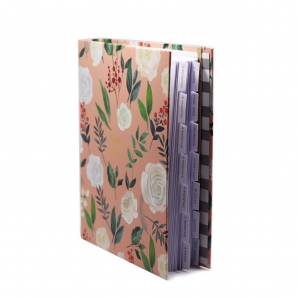

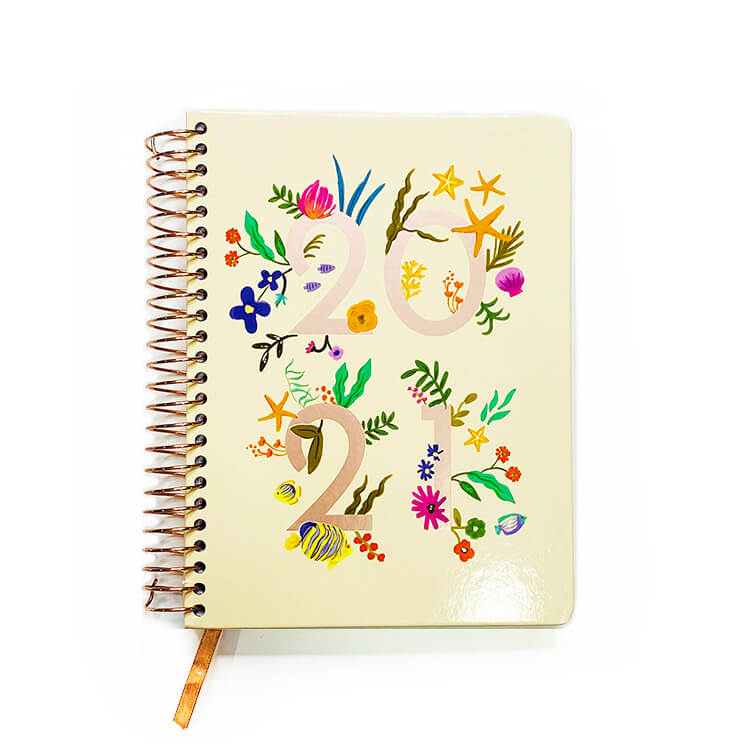

 Tel
Tel
 Email
Email
 Address
Address







